Building 7 dome restoration
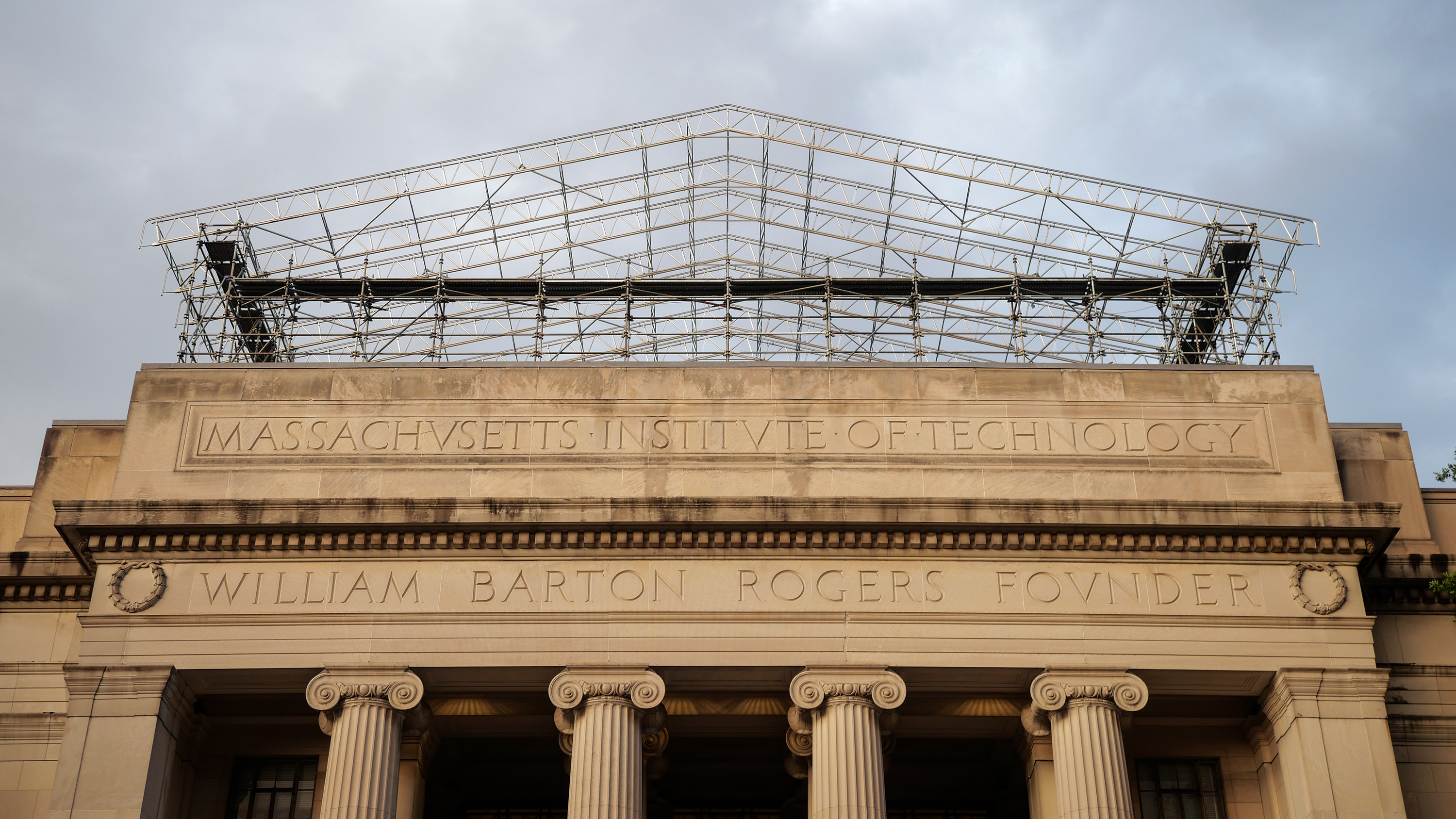
The Building 7 dome, designed by William Welles Bosworth to give MIT a suitably grand entrance on Mass Ave, was completed in 1939. In 2019, an 80-year checkup seemed warranted, and a study initiated by the Facilities Department found deterioration of the building exterior and waterproofing. Restoration of the Little Dome began in July 2020; it includes masonry, metal flashing, and skylight repairs as well as replacement of the upper roof of Building 7 and repairs to the water-damaged Lobby 7 ceiling.

Throughout the project, slated to wrap up this spring, the dome has been protected by a Hakitec building enclosure and scaffolding system. Two brothers who’d designed a stump puller in their father’s blacksmith shop in Sweden adapted that technology around 1950 to pull sheathing panels through channels mounted to a roof truss, creating a weatherproof enclosure that can resist winds of up to 100 miles per hour.
While that might seem unnecessary, the wood formwork used to construct the original concrete dome was in place on September 21, 1938, when the worst hurricane ever to hit New England struck—and blew it all away, recalled Carl Peterson, a former director of MIT’s physical plant. As William Dickerson ’56, who later served as physical plant director, recounted, “He said you could find pieces of the framed dome all over the city of Cambridge by the time the storm was over, but you could find none of the dome framing on site at the Institute.”
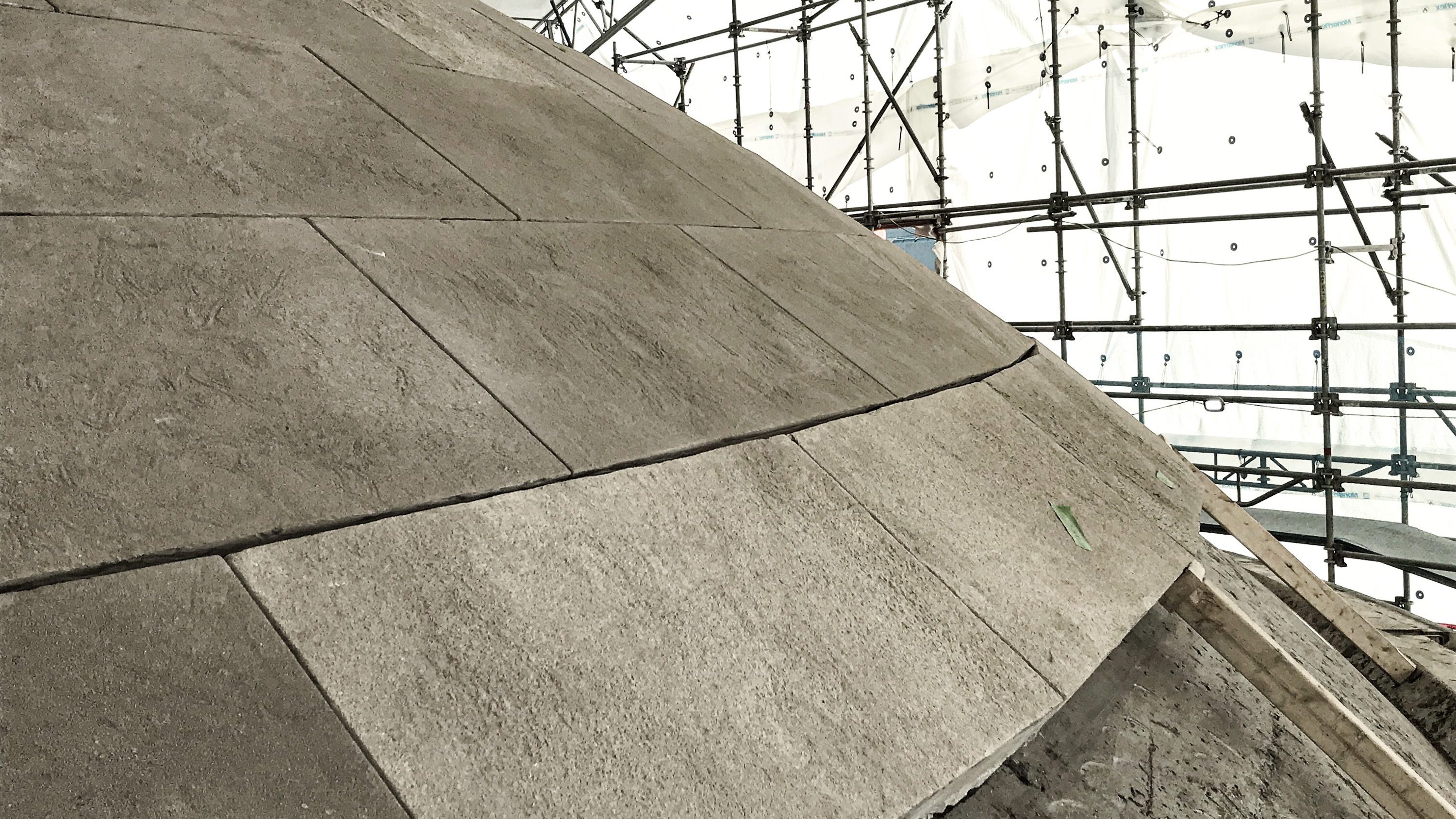


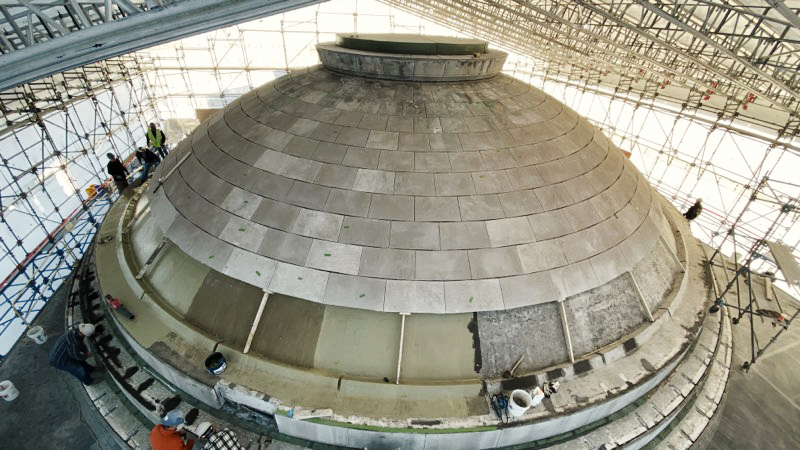


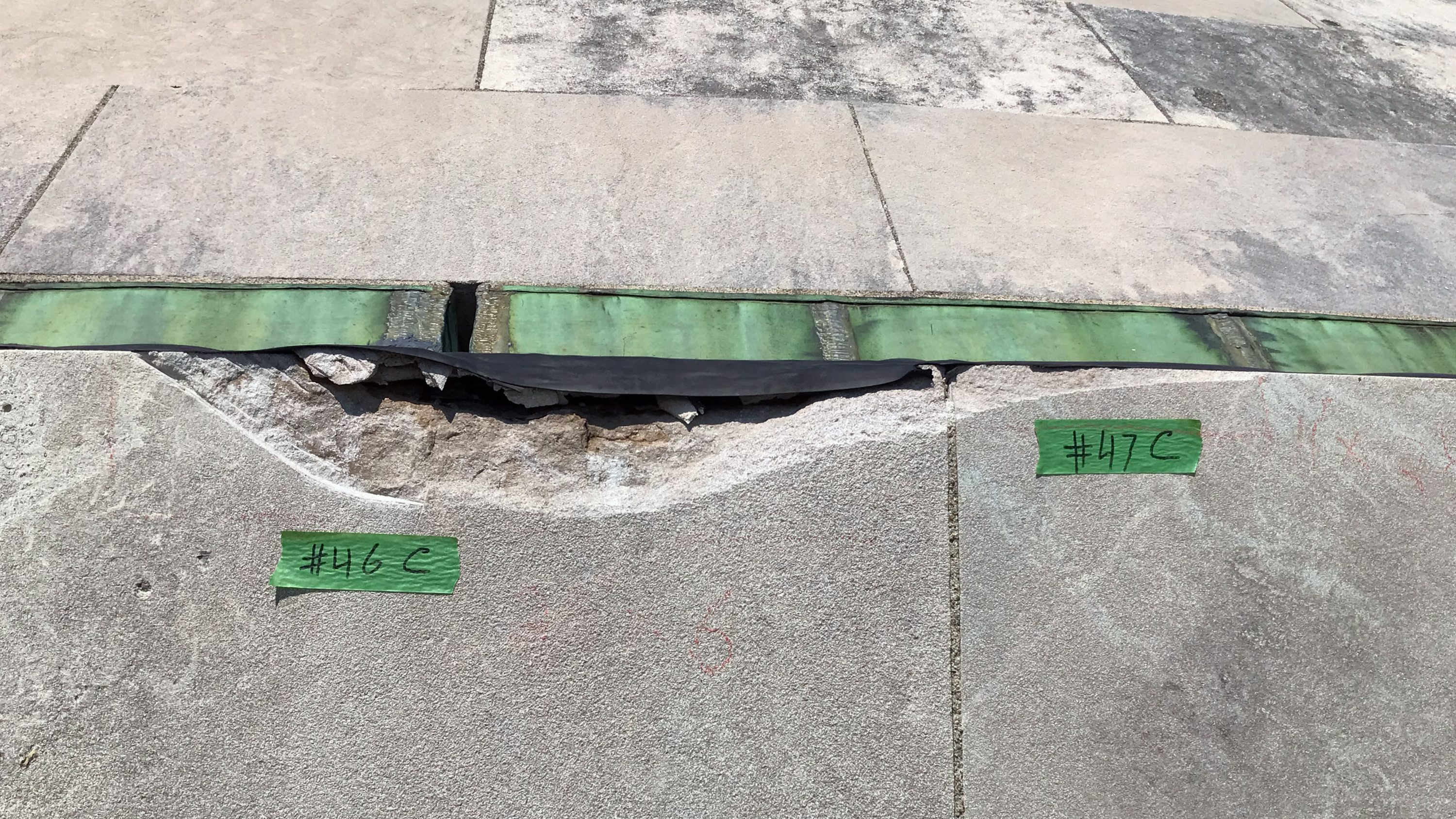


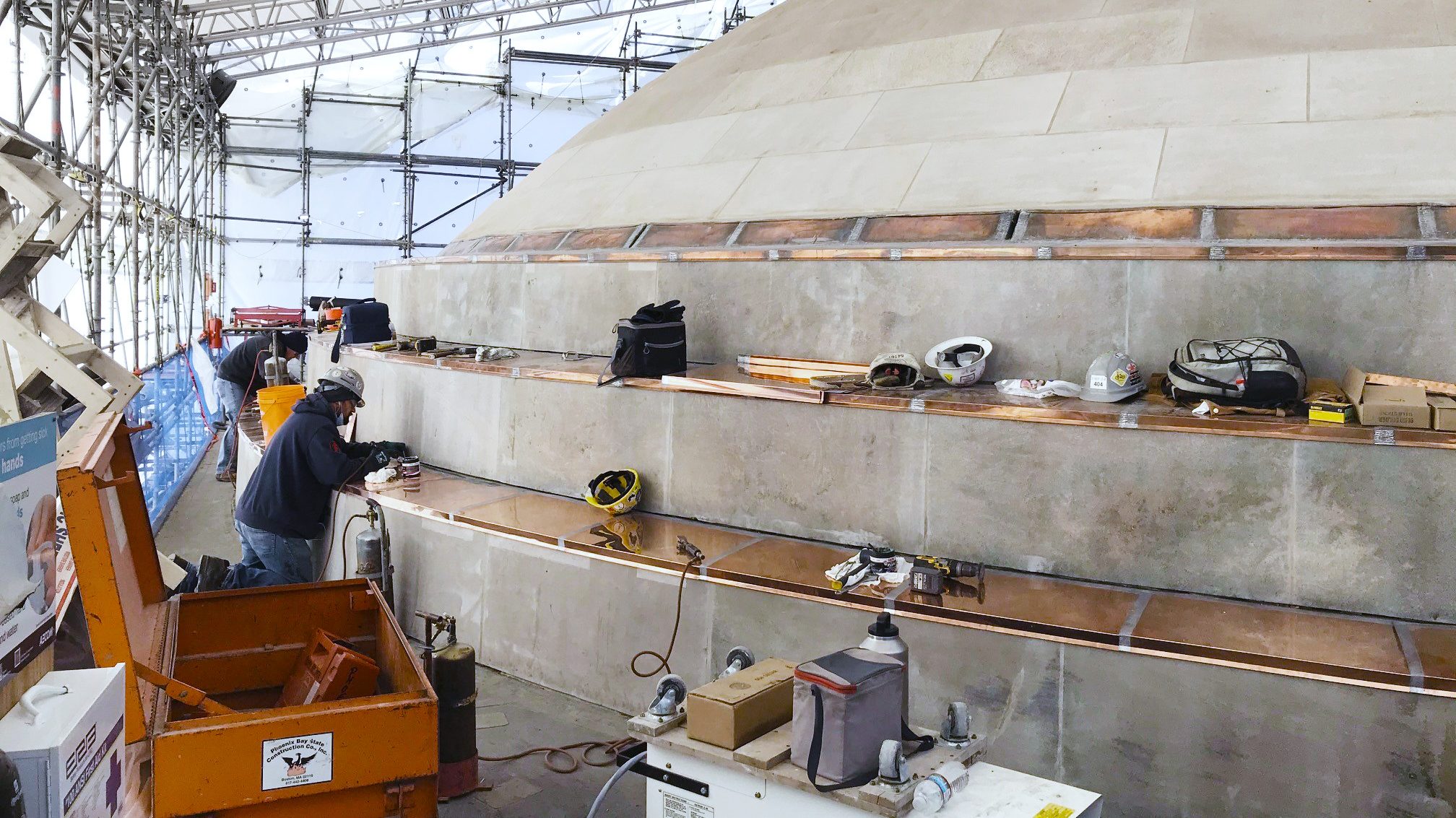


Keep Reading
Most Popular
Large language models can do jaw-dropping things. But nobody knows exactly why.
And that's a problem. Figuring it out is one of the biggest scientific puzzles of our time and a crucial step towards controlling more powerful future models.
The problem with plug-in hybrids? Their drivers.
Plug-in hybrids are often sold as a transition to EVs, but new data from Europe shows we’re still underestimating the emissions they produce.
Google DeepMind’s new generative model makes Super Mario–like games from scratch
Genie learns how to control games by watching hours and hours of video. It could help train next-gen robots too.
How scientists traced a mysterious covid case back to six toilets
When wastewater surveillance turns into a hunt for a single infected individual, the ethics get tricky.
Stay connected
Get the latest updates from
MIT Technology Review
Discover special offers, top stories, upcoming events, and more.